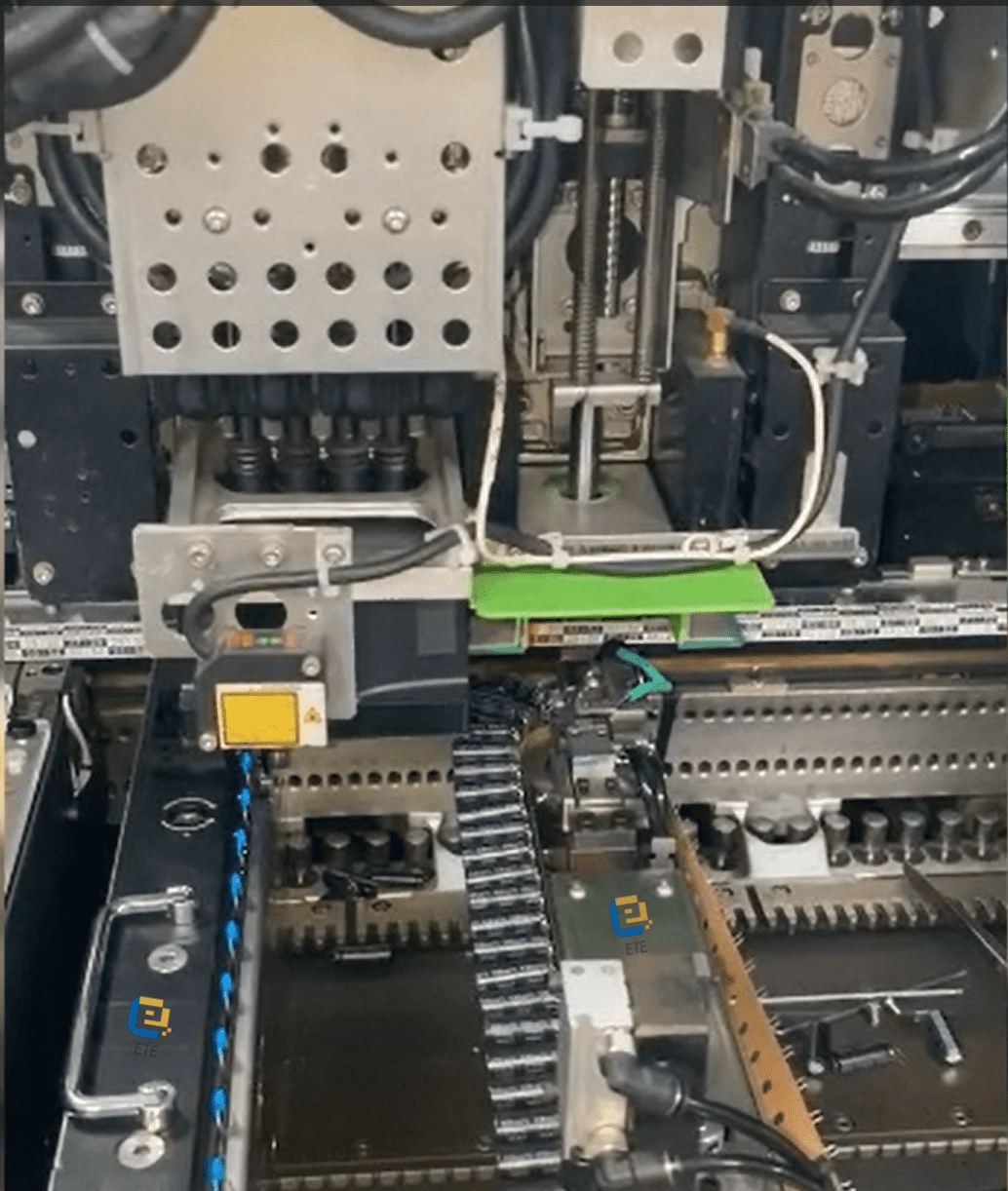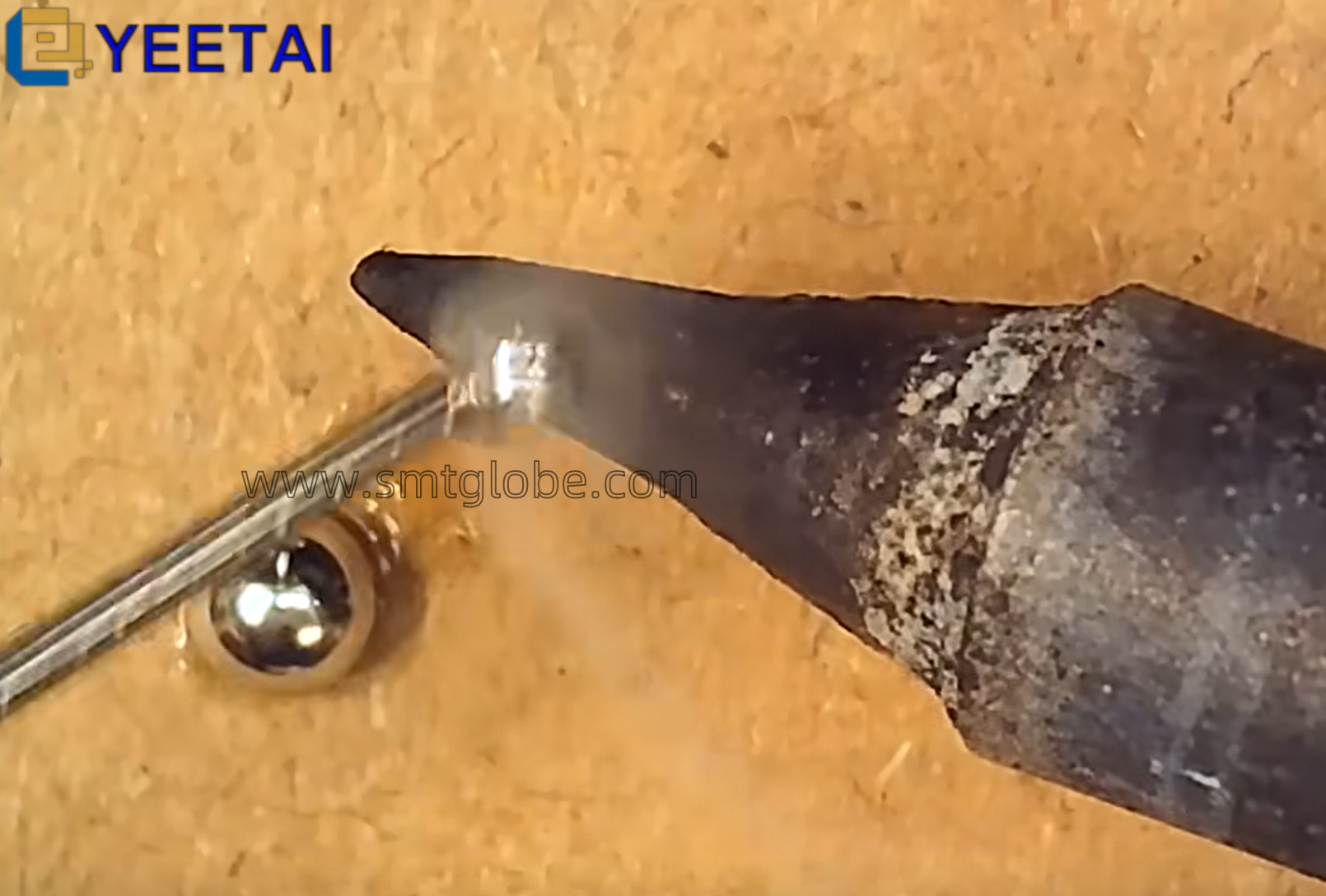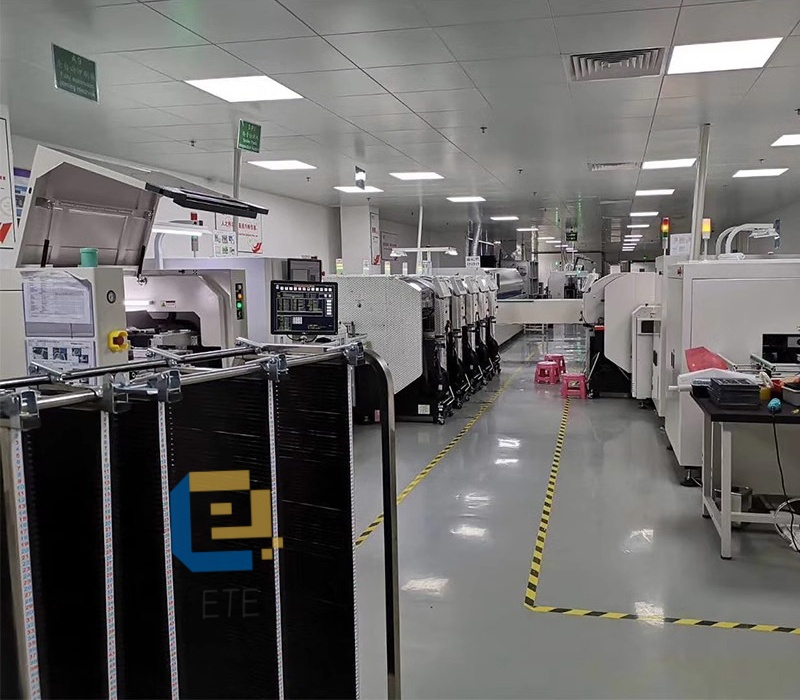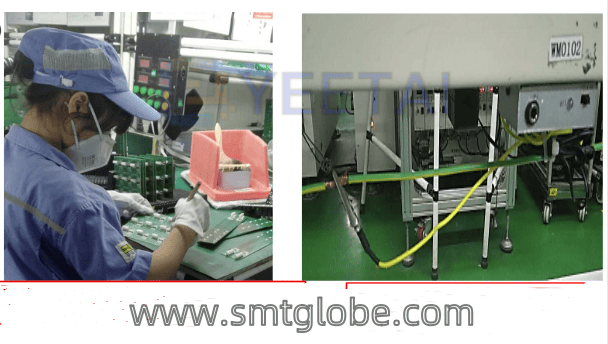With the advancement of information automation and control technologies, traditional industrial control methods are gradually being replaced by intelligent control technologies. The development of intelligent industrial control systems provides strong technical support for growth in the industrial sector and serves as an effective means for feeder manufacturers in the SMT (Surface Mount Technology) industry to continuously innovate. As the largest production base and electronic consumer market globally, China stands at the forefront of this evolution.

The Evolution of Industrial Machinery
Certain sectors within the machinery industry, including machine tools, textile machinery, and electronic devices, have developed over decades in China and are now considered mature industries. Despite their maturity, the need for equipment upgrades remains. During this upgrading process, some manufacturers that have long relied on low-end products may be phased out. However, many SMT companies are recognizing this opportunity to realign their needs and seek suppliers capable of meeting their development goals and enhancing productivity.
Future Trends in SMT Feeders
Given this evolving demand, the changes in SMT feeders will manifest in their design, concepts, and applications. This shift will initiate a series of transformations in core industrial control technologies. Overall, the future development trends for SMT feeders can be summarized as six modernizations:
- Platform Integration
- National Branding
- Equipment Intelligence
- Stylish Interfaces
- Network Communication
- Energy Efficiency and Environmental Protection
The Rise of Smart Industry
Smart industry incorporates various terminals with environmental perception capabilities, pervasive computing models, and mobile communications into every element of industrial production. This integration significantly enhances manufacturing efficiency, improves product quality, and reduces costs and resource consumption, effectively elevating traditional manufacturing to a new level of intelligence. The realization of smart industrial processes is fundamentally based on the penetration and application of IoT (Internet of Things) technologies combined with advanced future manufacturing techniques to establish a new intelligent manufacturing system.
Traditional Industrial Automation Control System
The traditional industrial automation control system consists of three layers:
- Device Layer: This level connects field devices to the network as nodes, adhering to field bus protocol standards. It utilizes modular structure for functionality such as data acquisition, A/D conversion, digital filtering, temperature and pressure compensation, and PID control.
- Control Layer: As the basis of automation, this layer collects data from field devices to carry out various control functions, monitoring operating parameters, alarms, and trend analyses. Control functions are generally executed by industrial computers or PLCs (Programmable Logic Controllers), which coordinate data communication between network nodes and connect fieldbus segments with Ethernet segments.
- Information Layer: This layer provides a platform for remote control and connects to the automation systems of SMT feeder enterprises. Moreover, it extracts relevant production data from the control layer to formulate production plans and make management decisions.
The Role of IoT and Automation Integration
From another perspective, the IoT can concretely realize the vision of integrating automation with information technology, also known as “two-way fusion.” Automation practitioners have long pursued goals in information technology, laying the groundwork for a transformation from traditional C/S (Client/Server) to B/S (Browser/Server) architecture in fields such as smart manufacturing, smart buildings, renewable energy, environmental monitoring, and equipment control. Specifically, if automated data is not integrated with information systems, users cannot utilize it effectively. Conversely, information systems lacking automation are equally ineffective—both aspects are essential.
The Convergence of IoT and Advanced Manufacturing Technologies
The synergies between IoT applications and advanced manufacturing technologies are vital to their lifeblood. The IoT represents a new high point in the development of information and communication technologies, now widespread in the industrial sector and enhancing the intelligent manufacturing system that is continuously developing and refining.
Key Challenges and Opportunities
Generally, the industrial intelligence landscape is still in its infancy. Large-scale applications of industrial intelligence in the electronics sector encounter several key technical challenges, including industrial integration service agent bus technologies and industrial semantic middleware platforms. Furthermore, the rising demand for high-speed transmission of massive data, such as images and voice signals, has spurred a convergence of Ethernet and control networks, integrating emerging technologies like embedded systems, multi-standard industrial control network interconnectivity, and wireless technologies. This trend expands the development space for SMT placement feeders and presents new growth opportunities.
The Demands on Design Engineers
The design of SMT feeders requires engineers with a robust knowledge structure, a deep understanding of industrial automation, and an appreciation for the human-machine interface. As such, innovative developments in SMT placement feeders are essential, touching the core of technological advancement.
Conclusion As manufacturers of IoT-enabled SMT feeders, there are immense opportunities and challenges ahead. The market for industrial intelligent products increasingly demands enhanced user experiences, higher performance, lower power consumption, and seamless connectivity with mobile devices, desktops, and cloud platforms.
At YEETAI, we produce all kinds of feeder to upgrade SMT machines.



